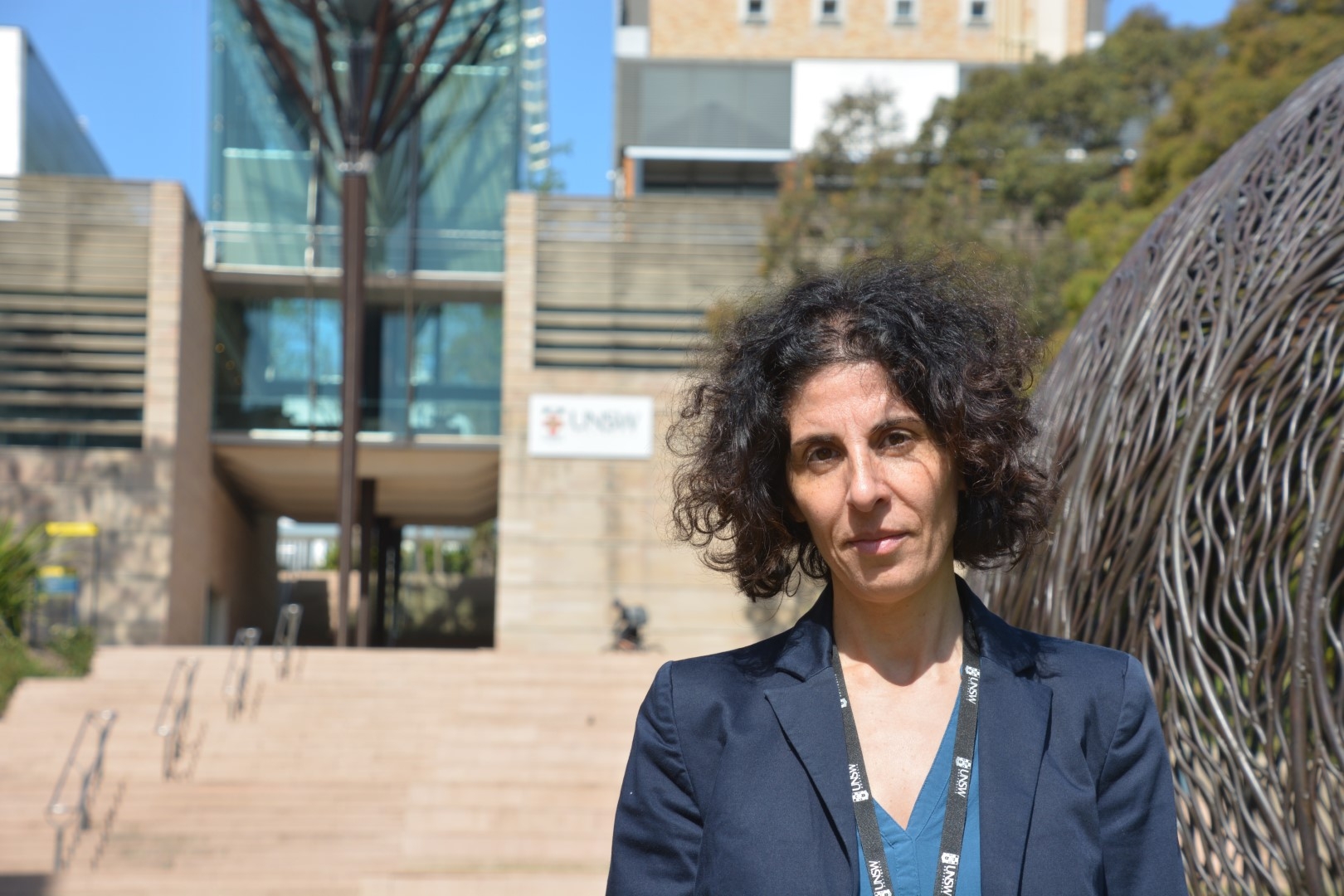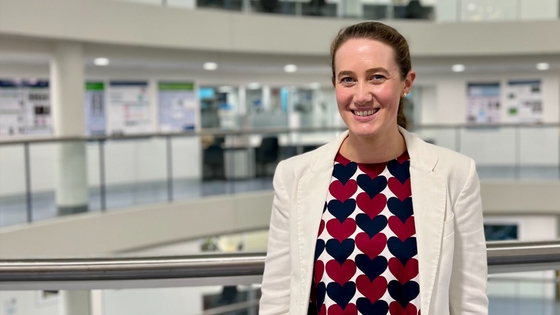
Q&A with Associate Professor Damia Mawad
Doctor Damia Mawad is an Associate Professor at the School of Materials Science and Engineering, University of New South Wales. Her research focuses on developing organic semiconductors that can be used as active components in miniaturised and flexible electronic implants. In 2021, she received a Vanguard Grant for her project ‘The next generation of cardiac pacemakers: leadless and flexible organic optoelectronics for optical pacing of the heart’. Her research aims to develop a modern pacemaker that is leadless, flexible and organic. This would help to prevent common complications related to pacemakers, such as infections.
What are you currently researching?
Pacemakers normally have a pulse maker, which contains the battery, electronics, and leads that connect to the heart. This allows a pulse to be delivered to the heart, regulating its rhythm. Despite the huge benefits of pacemakers, the rigid electronic parts are a major risk factor for infection and failure. These complications can result in repeat surgery. In our research project, we aim to develop a patch made from organic materials that can change light into electrical signal. This would allow the heart to be regulated using light. The use of light to trigger heartbeats is known as optical pacing. The soft and flexible film patch would replace metal tips. It would also be directly attached to the heart, removing the need for leads and wires. Finally, because it is a light-powered technology, there would be no need for batteries.
What difference will your research make to people’s cardiovascular health in Australia?
This research aims to develop the next generation of easily implanted, lightweight and durable pacemakers. This will address the increased demand for pacemakers in our aging communities. It will also improve quality of life for people that need pacemakers and reduce the number of repeat surgeries.
What motivated you to do your research?
The number of pacemakers being implanted is rising throughout the world. This is driven by an aging population and more people experiencing heart failure. Due to the number of pacemakers required each year, there is an urgent need for new devices that are more durable and cost-effective.
Are there any achievements or discoveries from the past year you can share with us?
Pacemakers monitor and respond in real-time to changes in body function and status. This is enabled by a complex electronic circuit, that is currently based on rigid metals and inorganic materials. We have recently shown that a simple electronic circuit can be built from organic materials. The circuit we have developed is flexible, ultrathin, and functional in water. This has provided the foundation for creating fully organic and flexible devices. The study is published in Advanced Functional Materials.
What role will Heart Foundation funding have in your career journey?
The Heart Foundation funding enables me to progress the flexible organic patch from an idea into a prototype device. This is an essential step to allow the device to be tested in the future. This project helps me to respond to the urgent need for more durable and cost-effective pacemakers, that are required to support our aging community.
Do you have a message for Heart Foundation supporters?
I would like to extend my heartfelt gratitude to the incredible people whose generosity have made this research possible. They say it takes a village to raise a child, but it seems to me that whole cities of people come together to bring a lifesaving treatment into existence. Each individual contribution is as crucial as the next and none of this would be possible without the unwavering support of so many incredible individuals. Your contribution has been vital, thank you.
You might also be interested in...

Optical pacing of the heart
Optical pacing of the heart

Where your funds go
Every donation to the Heart Foundation helps in the fight against heart disease, which is the number one killer of Australians.

Applying for research funding with the Heart Foundation
New funding opportunities for 2025 are now available. Learn more about our funding programs, requirements, and application dates now.
Last updated20 February 2024
Last reviewed12 December 2023